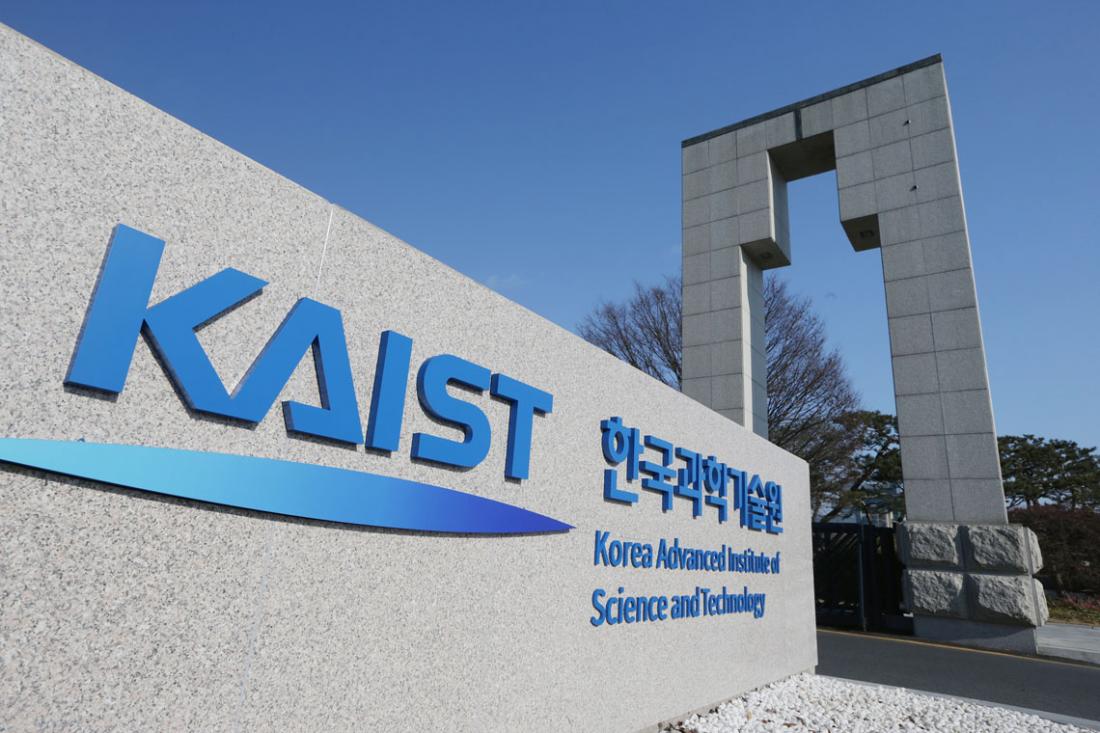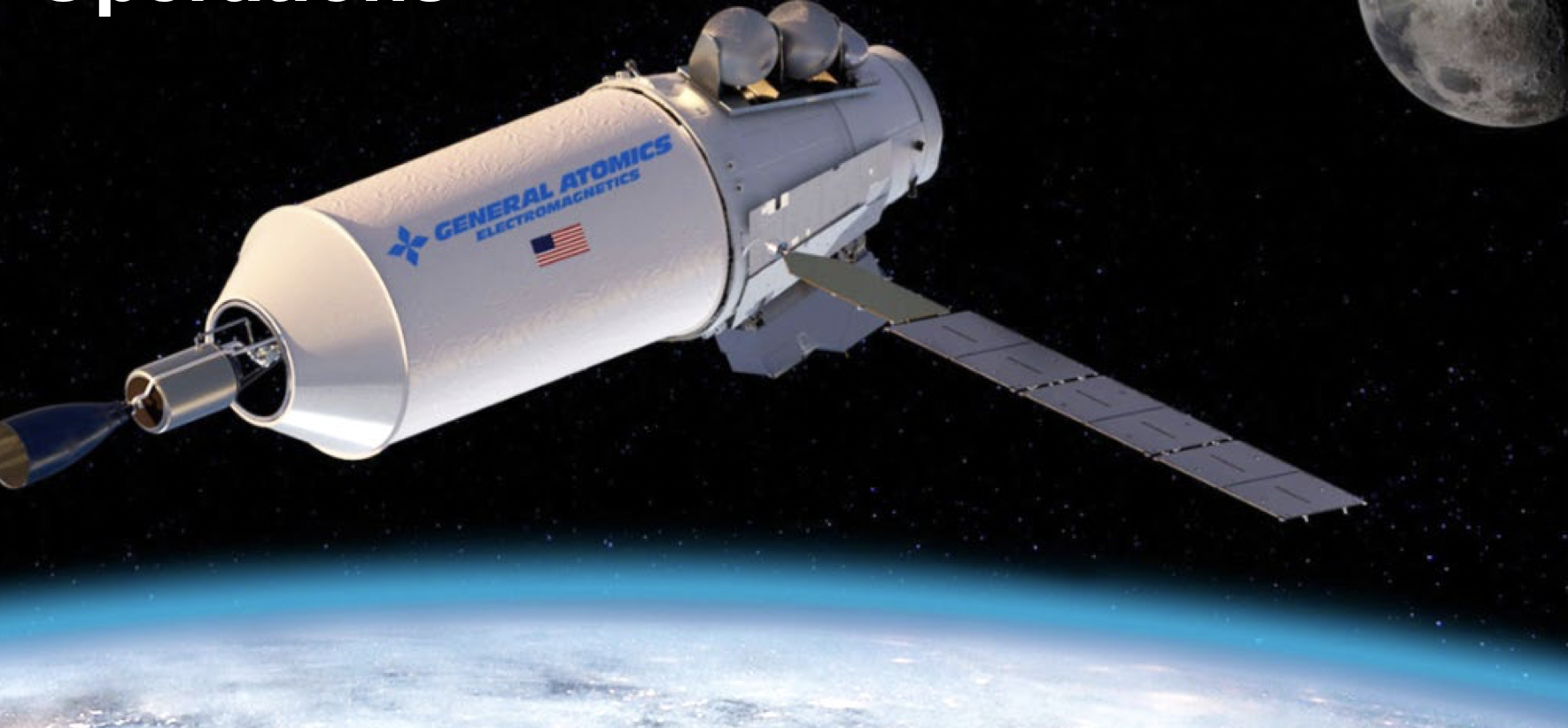ISS Daily Summary Report – 3/27/2023
Engineered Heart Tissues-2: A media change, sampling and assigned treatment dosing was performed on each Tissue Chamber on Saturday. Engineered Heart Tissues-2 continues work with 3D cultured cardiac muscle tissue to assess human cardiac function in microgravity. Previous work with 3D cultures in space detected changes at the cellular and tissue level that could …

Engineered Heart Tissues-2: A media change, sampling and assigned treatment dosing was performed on each Tissue Chamber on Saturday. Engineered Heart Tissues-2 continues work with 3D cultured cardiac muscle tissue to assess human cardiac function in microgravity. Previous work with 3D cultures in space detected changes at the cellular and tissue level that could provide early indication of the development of cardiac disease. This investigation tests whether new therapies prevent these negative effects from occurring.
Monoclonal Antibodies PCG-2: On Saturday, microscope photo operations were performed for Protein Crystal Growth (PCG) Cards S/N 013 and S/N 014. Monoclonal Antibodies PCG-2 examines the crystallization process for various biotherapeutics, including monoclonal antibodies, in microgravity. Crystallization could significantly reduce production costs and enable formulations of biotherapeutics that do not need cold storage and that can be administered more easily, such as by injection rather than intravenous administration.
Ampli Space Pharmacy: Ampli Space Pharmacy sample operations were performed. The Ampli Space Pharmacy investigation studies the properties of chemical reactions of fluids flowing through membranes in microgravity. Researchers can use resulting information to refine an existing organic synthesis and bioprocessing approach to produce new compounds. This modular approach could provide a way to make medicines.
Cardiobreath: The Bio-Monitor garment was donned during a CEVIS exercise session. Astronauts experience changes in their cardiovascular, respiratory, and musculoskeletal systems during spaceflight, which can affect their capacity to exercise and to maintain blood pressure when standing after return to Earth. Cardiobreath studies the combined effects of cardiovascular and respiratory adaptations on blood pressure regulation during spaceflight. Results could provide a better understanding of the mechanisms of these adaptations on long-duration missions and support development of methods for assessing cardiovascular and respiratory effects on blood pressure before and after spaceflight.
ECHO: Echo Units S/N01 was stowed and Echo Unit S/N02 was setup. The purpose of the ECHO investigation is to evaluate a tele-operated ultrasound system, equipped with motorized probes that are controlled by flight controllers on the ground. Additionally, this investigation serves to perform the commissioning of the Echo instrument, which is planned to be used for the Vascular ECHO experiment in the future.
Fluid Science Laboratory (FSL) Soft Matter Dynamics – FOAM: All Five Foam Coarsening samples were swapped out with two compacted granular samples and the reference sample was installed inside the Soft Matter Dynamics (SMD) experiment container in the lower drawer (CEM Lower) of the FSL. FSL Soft Matter Dynamics – Hydrodynamics of Wet Foams (Foam Coarsening) aims to investigate bubble size and rearrangement dynamics for “wet foams”. Microgravity offers the opportunity to investigate such “wet” foams, which cannot be stabilized on Earth because of drainage. Moreover, microgravity conditions are essential to study rearrangement phenomena, such as coarsening and coalescence, disentangled from drainage.
Human Research Facility-1 (HRF-1): HRF purple supply kit, green kit, and the urine collection kits were inventoried via Stow Track. Photographs of the kits were taken and transferred to an SSC for downlink. HRF-1 provides an on-orbit laboratory that enables scientists conducting human life science research to evaluate the physiological, behavioral, and chemical changes induced by space flight. Research performed using HRF-1 provides data to help scientists understand how the human body adapts to long-duration spaceflight.
Nanoracks Module-105: Module-105 was removed from NanoRacks Mainframe Alpha. SpacePharma Nanoracks – SPNR1 has two experiments, CUTISS and SuperSonic, and SpacePharma Nanoracks – SPNR2 one experiment, ZePrion. CUTISS tests DenovoSkin, a bio-engineered human skin graft material to treat wounds in space, potentially benefitting reconstructive medicine on Earth. SuperSonic evaluates the impact of space radiation and proliferation of reactive oxygen species on human skin and tests whether an antioxidant, Co-Enzyme Q10 (CoQ10), provides protection from these risks. ZePrion crystallizes a molecule bound to an intermediate of the prion protein, a key player in brain disorders called prion diseases. Results could advance development of a drug candidate for these diseases. SpacePharma crystallizes a monoclonal antibody (mAb) and could enable a simpler method to deliver large doses of mAbs and improve methods for long-term storage of these drugs.
NanoRacks Module-63: Module-63 was removed from NanoRacks Mainframe Alpha. Module 63 has two payloads: RTcMISS and RadPC-AI. The Radiation Tolerant Computer Mission on the ISS (RTcMISS) tests a new computer system designed to withstand the harmful effects of space radiation, proving it works in the real space environment. Single event effects, which result from highly energized charged particles traveling through space, cause most space-based computer failures. Performance Characterization of Integratable AI Modules Processed on a Radiation Tolerant Computer System (RadPC-AI) assesses the ability of artificial intelligence (AI) algorithms to detect and diagnose potential failures from a harsh radiation environment before they become critical. One challenge is that, in space, algorithms run on computing platforms that are also susceptible to faults caused by radiation, so this investigation uses radiation-tolerant computing technology called “RadPC.”
Vascular Aging: A 13-hour blood pressure session was performed. Data indicates that aging-like changes are accelerated in many ISS crew members, particularly with respect to their arteries. As part of the Space Environment Causes Acceleration of Vascular Aging: Roles of Hypogravity, Nutrition, and Radiation (Vascular Aging) investigation, ultrasounds of the arteries, blood samples, oral glucose tolerance, and wearable sensors from ISS crewmembers are analyzed.
Systems:
Extravehicular Activity (EVA) Preparation Activity: The crew unpacked the Short Extravehicular Mobility Unit (SEMU) from the SpX-27 Launch Enclosure and then loaded trash back into the Launch Enclosure for disposal. SEMU 3003, which arrived on SpX-27, was configured for on-orbit operations by installing of the EMU Data Recorder (EDAR) Box, Antenna, and Antenna Cable.
Waste Hygiene Compartment (WHC) Troubleshooting: Last week, the WHC check separator light annunciated multiple times after crew use. During the second round of troubleshooting for the WHC pump separator light, the crew was able to recover the WHC to a nominal configuration. Today, the crew completed a WHC Urine Quick Disconnect (QD) Inspection to investigate the cause of the WHC pump separator fault.
SpaceX-27 Dragon Cargo Operations: The crew transferred payloads from the SpX-27 cargo vehicle to the ISS. The crew will continue removing the more than 6,200 pounds of cargo launched on SpX-27 and then will begin to load SpX-27 for return.
Completed Task List Activities:
- None
Today’s Ground Activities:
All activities are complete unless otherwise noted.
- Electrical Power System (EPS) Solar Array Maximum Output Test
- Mobile Servicing System (MSS) Maneuver to XYZ for MISSE
- Water Transfer from Resupply Tank to EDV
Look Ahead Plan
Tuesday, March 28 (GMT 087)
Payloads:
- Ampli Space Pharmacy Hardware Stow (NASA)
- BioFabrication Cassette Inserts (NASA)
- Cardiobreath Collection and Bio-Monitor Ops (CSA)
- LSG Camera Teardown (NASA)
- Vascular Aging Collections (CSA)
Systems:
- 68S Undock
- Dragon Cargo Operations
- Network Attached Storage (NAS) in Columbus
Wednesday, March 29 (GMT 088)
Payloads:
- BioFabrication Cassette Inserts and Syringe Swaps (NASA)
- Standard Measures Collections (NASA)
Systems:
- 68S Landing
- Dragon Cargo Operations
- UTS Offload EDV Swap
- Max CEVIS
Thursday, March 30 (GMT 089)
Payloads:
- Cardinal Heart 2.0 Sample Removal M2AR, M2BR (NASA)
- Food Physiology Diet Brief (NASA)
- Rhodium DARPA Sample 3&5 thaw and install (NASA)
- Standard Measures Collections (NASA)
Systems:
- Dragon Cargo Operations
- Max CEVIS
- Space Automated Laboratory Incubator Installation
Today’s Planned Activities:
All activities are complete unless otherwise noted.
- Ampli Space Pharmacy Sample Ops
- BFF Iceberg Sample Removal
- BioFabrication Facility Procedure Review3
- Bio-Monitor Hardware Setup and Stow
- Bio-Monitor Wearables Data Transfer and Removal
- CARDIOBREATH Bio-Monitor Wearables Setup
- CARDIOBREATH Blood Pressure Calibration
- CARDIOBREATH Breathing Volume Calibration
- CARDIOBREATH CEVIS Exercise Operations
- [Aborted] CARDIOBREATH Historical Documentation Photography
- CSA Generic Frozen Sample Collection Hardware Setup
- Echo spare setup for checkout activities
- Compound Specific Analyzer-Combustion Products (CSA-CP) Checkout Part 2
- EVA SLE Training, Rotate, and Reconfigure
- EDAR Installation
- FSL Facility Core Element locking at the end of scientific operations
- FSL Facility Core Element release in preparation of SMD or RUBI operations
- FSL Soft Matter Dynamics Experiment Container Sample Cell Unit Exchange
- Vision Questionnaire and Test
- HMS Vision Test Stow
- HRF Inventory in Stow Track
- Hypervisor Relocations in LAB
- WHC Urine Quick Disconnect (QD) Inspection
- ISS HAM Columbus Pass Kenwood
- LSG Primary Crew Restraint Fold
- NanoRacks Mainframe Alpha Module Removal
- Repack of FSL items for return with SpX-27
- Stowage of Echo hardware
- Transfer Cargo Dragon Cargo Operations
- Utility Outlet Panel (UOP) Activation
- Vascular Aging 13-Hour Blood Pressure Monitoring Conclude
- Vascular Aging FRIDGE Item Insertion
- Vascular Aging Glucose Test Setup and Review





































